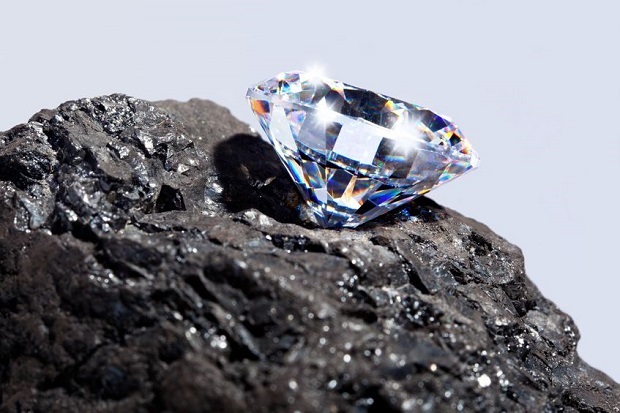
How quartz is formed depends on two of the most prevalent materials in the earth’s crust: silicon and oxygen. The variety of quartz depends on the dissolved elements present during the formation.
Jump Ahead
What Is Quartz?
Quartz is an abundant element appearing in many forms within the earth’s crust, known as silicon dioxide or Si02. Quartz is one of the hardest minerals, registering at around a seven on the Mohs hardness scale. Chemically, quartz is the most basic form of all the silicates. Quartz is cool to the touch due to its high thermo-conductivity nature.
 How Quartz Forms
How Quartz Forms
Quartz is a natural formation occurring when silica-rich solutions occur in underground cracks and crevices in the earth, allowing unlimited expansion. Smooth surfaces on the quartz represent the equilibrium of the crystal pattern. When the crystals display hexagonal shapes, it means that the growth of the quartz was unhindered.
The Forms of Quartz
The varieties of quartz created depend on the dissolved elements present during the formation. If water and silica-rich rocks such as sandstone interact, silica-rich minerals will form, like amethyst and agate or even opal.
Of the types of quartz, opal is non-crystalline and originates from bits of gel meshed together measuring less than a micron. The fluid nature of opal displays a conchoidal fracture that allows for the intricate play of colors due to the water amounts. Opal is unstable because, over time, it transforms into other mineral silicates.
The color bands in agate occur as a consequence of chemical impurities. Iron creates a red or orange tone, while manganese and calcium present as black or blue.
Other forms of quartz include flint and chert. Jasper is a variety of quartz that is impure due to coloration from iron oxide inclusions. Quartz is prevalent in geodes, usually presenting itself in limestone.
Resources
- Hyperphysics.com – “Quartz.”
- USGS Mineral Resources Program – “Gemstones – Quartz.”
- University of Kentucky. Kentucky Geological Survey – “Silicates.“
- Nature Berkley – “Where Do Gems Form?.”



